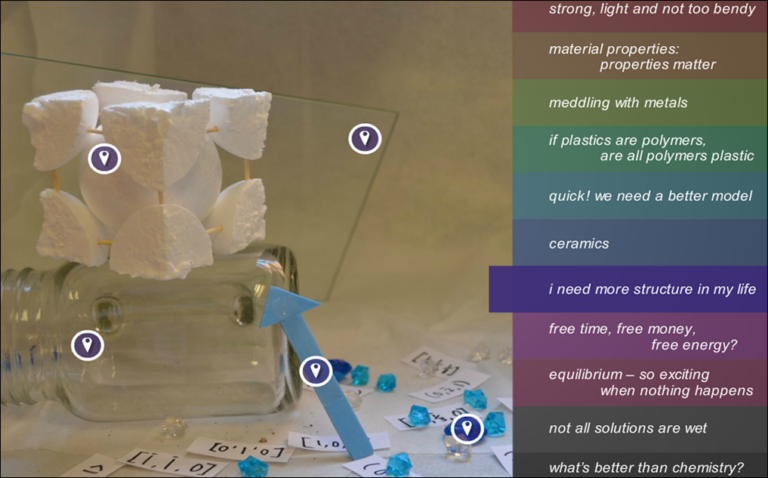Quick! We need a better model!
Learning Outcomes
- Describe the requirements for optical transparency in terms of scattering events
- Recognize that neither crystallinity nor glassy microstructure are requirements for optical transparency
- Explain the electromagnetic spectrum in terms of photon energy and photon wavelength
- Use the Bohr model of the atom to explain absorption and emission of energy accompanying transitions in electron energy levels
- Identify the shortcomings of the Bohr model, specifically the need for four quantum numbers to fully describe the energy level of an electron
- Determine the electron configuration of a neutral atom
- Provide intuitive descriptions of each of the four quantum numbers
- Apply the principle of octet stability to explain covalent, ionic and metallic (sea-of-electrons) bonding
- Differentiate between the mechanism of formation of each of the primary bonds and provide examples of several properties that can be explained by each
- Conclude that crystals form in ordered solids according to a decrease in energy
- Demonstrate how the allowable energy states in an isolated atom separate into many closely spaced states in the formation of a solid leading to a band structure
- Apply the band theory of solids to explain the classification of materials as metals, insulators, and semiconductors
- Justify the optical transparency or opacity of a material in terms of its band structure and the energy of the incident photons
- Explain the tetrahedral symmetry found in diamond, silicon or methane in terms of the sp3 hybridized bonding
Related Project Resources

